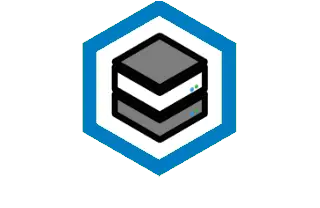Hi guys, I’m building my first PC ever! I wanted a NAS so I could access all my files on my local home network on any device, and so I could have remote access to my files / a Plex or Jellyfin server as well. I plan on setting up two drives in a RAID 1 configuration for mirroring/redundancy.
I was looking at some prebuilt NAS units, but, aside from wanting the fun project of building it myself anyway, a major drawback I saw in reviews was how crappy the proprietary OS’s for these units were. I see that TrueNas is a popular free OS option, but I wonder if I even need something that robust?
I understand TrueNas has a nice web GUI, which would be useful considering I don’t plan on having a mouse/keyboard/monitor set up with this PC. Although I’m sure there are also easy Windows remote desktop solutions for that as well.
Any recommendations would be super appreciated! All my parts are on their way from Newegg currently:
Case: Fractal Design Node 304
MoBo: ASRock Z690M-ITX/ax LGA 1700
CPU: Intel Core i5-12600K
Cooler: SAMA CPU Air Cooler 4PI120MM
PSU: EVGA 500 GE, 80 Plus Gold 500W
HDDs: x2 TOSHIBA N300 HDWG11AXZSTA 10TB 7200 RPM 256MB Cache SATA
SSD: SANDISK X400 M.2 2280 128GB SATA M.2 SSD
RAM: x2 NEMIX RAM 8GB DDR4


I personally prefer windows reFS and storage pools for my files shares. There are downsides here though. 1. ReFS is a software raid layer and is slower than hardware raid solutions. 2 ReFS is closed source so there’s not an ability for a community to audit the code. 3. It requires windows and the associated license.
Perks, with ReFS 1. Each disk in a storage pool is portable to any windows 7 or newer system. For example, if you take 2 of your 5 disks from the array on my windows server and plug them into my windows 10 gaming machine, the windows 10 box will recognize them, that they are part of an array, and tell you how many more disks from that array you need to plug in before you can recover all data. It also told me what % of data was available from just these 2 disks.
That ability right there is why I prefer the software pool on Windows. I lost my drive back plane on my home lab server. I thought the lightning strike toasted the drives, but when I did the sanity check to see if they spun up and could be mounted windows just started showing data i could access and what more I needed to plug in to make everything show up. It’s an unholy smash-up of jbod and raid and I love it. I’m sure there’s Linux version of this, but ebay has real server os keys for cheap and honestly it just works and well so i keep using it.
Other perks are it’s windows, most things know what to do with smb and there’s lots of software out there that runs on windows.